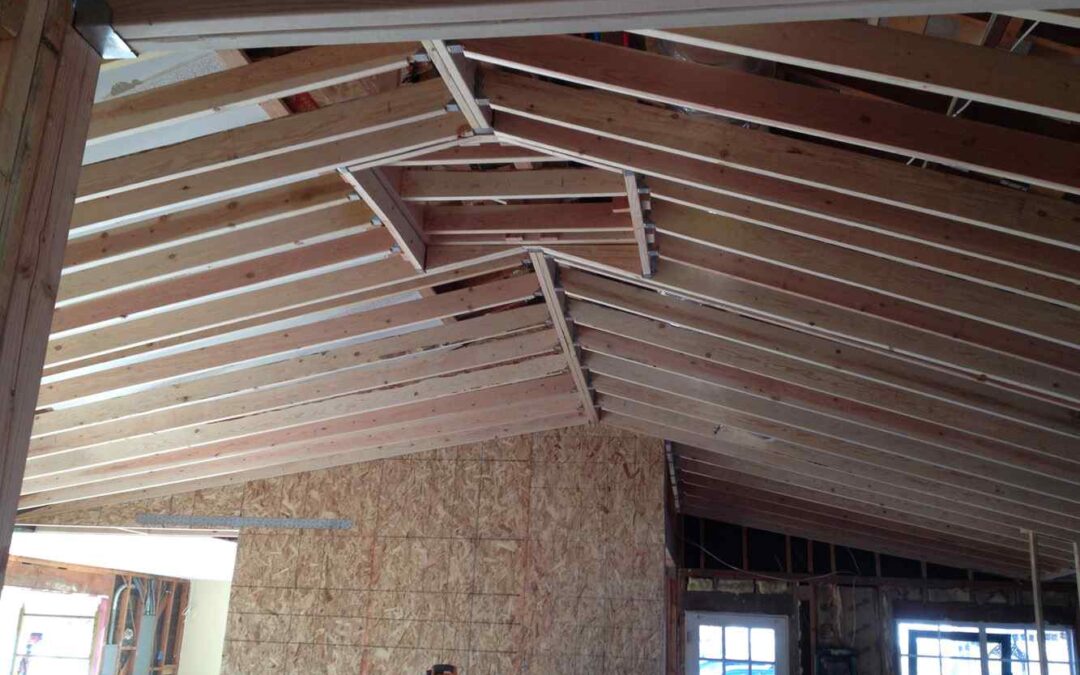You’ll get the biggest benefit from your bedroom to office conversion if you pay attention to the details. These tips will help:
Location
You’ll likely spend a ton of hours in your home office, so don’t limit yourself on space. Also, you’re going to want to take into consideration the traffic flow and your ability to withstand loud distractions. Do you work best in the thick of activity, or should your office be tucked away in a quiet space? If clients will be stopping by, a private space with ample seating is mandatory.
Form Vs Function
Your office desk, shelves, cabinets, and storage should accommodate you, and serve a purpose. Consider the workflow and what items you need at your fingertips before investing in furniture, and then look for pieces that are both aesthetic but functional. Home office furniture should complement other areas of your home. If your home has traditional décor, warm wood and soft, comfy lounge chairs or a loveseat are ideal if you have space. A contemporary home office can feature fine art, sculptures or modern metal furniture.
Consolidate & Organize
Many home offices aren’t swimming in extra square footage, so utilizing the existing space efficiently is necessary. Hang floating shelves or cabinets on the walls to get papers and office equipment off the desk, and use vertical file folders on the desk to keep important papers within arm’s reach. Are you a stacker or a filer? If you tend to make piles, get a nice basket to tame your mail, notes, and papers. If you prefer a clean desktop, designate one drawer for your “to-do” papers. Wooden or metal cube storage is a fun alternative to bookshelves since each space can be used for books, knickknacks, or baskets of odds and ends.
Corner office with a view
Position the desk where you can stare at something more interesting than a blank wall when you glance up from the computer. A window’s natural light is perfect, but if you’re in a windowless space, hang a pretty picture above the desk, or position your chair to face the door.
Master Technology
There’s not much you can do to enhance the computer, printer, and phone, but you can hide ungodly cords. Start by making sure your equipment as close to outlets and easy to access if you need to unplug. Encase cords on the desk and use a cord cover, and feed the cords into a desk grommet, a plastic or metal cap that helps guide cords through a hole in the desk and hides them underneath. Tame the cord jungle on the floor with cord winders, tubing, or a wire organizer that’s attached to the desk and lifts the cords off the floor.
Lighting
Here’s a bright idea: make sure your office has plenty of light to cut down on eye strain and headaches of staring at blue light from your computer. Position the computer monitor so there’s no glare from a window or overhead light, and put a small lamp on the desk for task lighting.
Accessorize
Unless you’re going for a contemporary look, choose extras that enhance the comfy feeling of your home office, as a pretty mug for a pencil holder, trendy notepads and sticky notes, and a decorative wastebasket. Wrap your bulletin board in an elegant fabric, and mask your bookshelves behind curtains made from the same material. Hang inspirational quotes on the walls, whether that’s simply your kids’ framed artwork or a classic piece of art.
Vivid Color
Forget the horrid office colored beige you have been accustomed to: you will need a color that gets your creative juices flowing. For some people, that’s a bright, cheery color like yellow, lime green, or orange. Others need a calming shade like botanical greens or seafoam blue to perform. Certain colors can set the tone of your mood and break of the monotony of the rest of the home and make it your office unique.
If you are stuck on inspiration and are in need of a professional opinion contact Mitchell Construction today for a free in home consultation at (951) 226-6201





